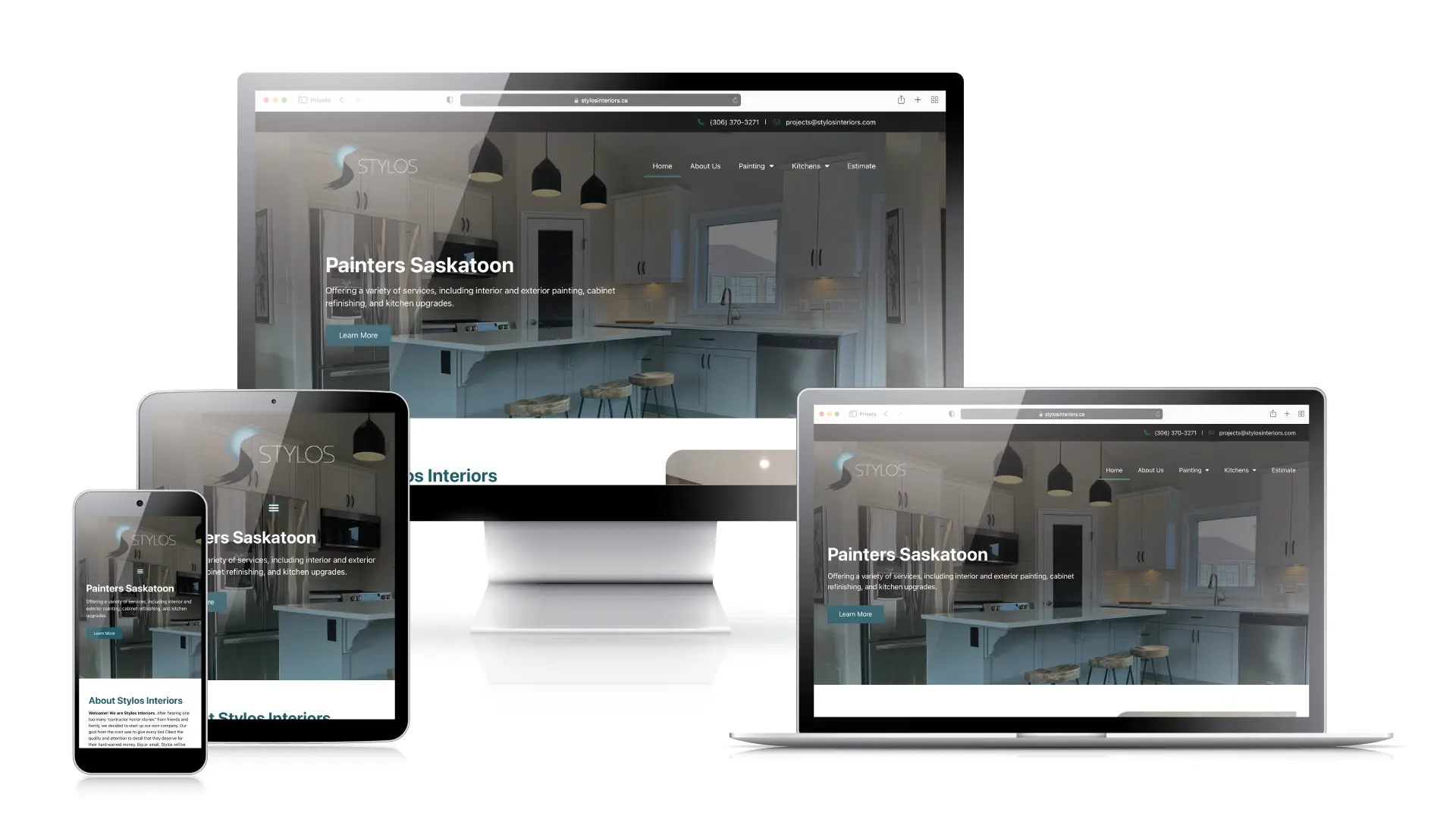In the modern online environment, maintaining a solid digital presence is crucial for businesses of every kind. Your site frequently serves as the initial point of engagement for prospective clients, making a positive initial impression essential. This is where web design takes a crucial role. A well-designed website not just attracts guests but also keeps them engaged, ultimately guiding them towards making a transaction or executing a preferred action.
Investing in top-notch design services can distinguish your business apart from the rivals. It reflects your core values, improves user experience, and cultivates trust and confidence. As shoppers increasingly depend on the web for their shopping and information requirements, an appealing and functional website turns into a large benefit in engaging and keeping your customer base.

Significance of UX
User experience is a key element of website design that directly impacts how visitors interact with your brand online. A well-designed website not just grabs the interest of visitors but furthermore encourages them to look around further. When visitors have a positive experience while navigating your site, they are more likely to remain longer, increasing the likelihood of conversion and brand loyalty. An easy-to-use layout, clear navigation, and engaging visuals create an inviting environment that enhances user contentment.
In addition, good web design enhances the ease of access of data. Users should be able to locate what they are looking for within a few clicks away. If your website is messy or complex, it can cause frustration, prompting visitors to leave and look for alternatives. A clear design that focuses on user preferences helps make certain that key data is simple to access, which is essential for encouraging engagement and prompting visitors to take desired actions, such as making a purchase or registering for a subscription service.
In today’s digital age, initial impressions matter more than ever. A website that focuses on user experience reflects a professional image and credibility, which are essential for creating credibility. Prospective customers often form judgments about a business within seconds of landing on its site. Consequently, putting resources in high-quality web design not just improves user experience but furthermore reinforces your brand’s reputation, making it greater probability that visitors will select your business over rivals.
Responsive Layout Trends
In the current digital landscape, adaptive design has become a key aspect of web design. Businesses must ensure that their sites look appealing and function seamlessly across a broad range of platforms, from desktops to mobile devices. This adaptability not only enhances user experience but also increases engagement, leading to longer time spent on the site and higher conversion rates. As users continue to rely more on mobile devices for their digital activities, investing in a responsive approach is essential for any brand looking to maintain a competitive edge.
One of the prominent developments in adaptive web development is the use of flexible grids and designs. By using a grid system that adjusts to the screen size, brands can create visually appealing and functional sites that maintain uniformity across devices. This approach allows for easy manipulation of the design without sacrificing quality or performance. Designers are more and more leveraging CSS libraries that facilitate the creation of these responsive designs, ensuring that businesses can keep up with the demand for responsive interfaces.
Another movement on the rise is the integration of mobile-first design principles. This strategy emphasizes creating for mobile devices first before scaling up to bigger screens. Doing so helps prioritize essential content and ensures a smooth user experience on compact displays. As more consumers engage with companies through their mobile gadgets, adopting a mobile-first approach not only improves usability but also indicates to visitors that the company values their choices and browsing habits. This movement is set to further influence web development strategies as mobile internet usage continues to rise.
Identity Cohesion in Web Design
Maintaining business cohesiveness in website design is vital for building trust and recognition among your target audience. When your site reflects the consistent visual identity as your other marketing materials, it supports your brand message. This comprises the utilization of uniform colors, typography, logos, and graphics which aids establish a harmonious aesthetic and experience. By validating that your web design aligns with your overall branding plan, you create a consistent experience that strikes a chord with visitors.
Moreover, consistent design features across your website play a role to a smooth user experience. When customers encounter familiar visual cues, they browse your website with more ease and confidence. A professionally crafted site fosters engagement and holds customers on your page for a longer time, minimizing bounce rates. This not only enhances user experience but also demonstrates positively on your brand image, positioning your brand as trustworthy and dependable.
In conclusion, corporate uniformity in website design enhances your marketing efforts and promotes brand recall. When users see uniform design across various platforms, including your website, networking sites, and promotions, it strengthens their recollection of your company. This recognition motivates potential customers to opt for your offerings over the other options, resulting in increased conversions and customer commitment. By emphasizing web design as a main component of your branding strategy, you enhance your business's online presence and presence in the industry.
